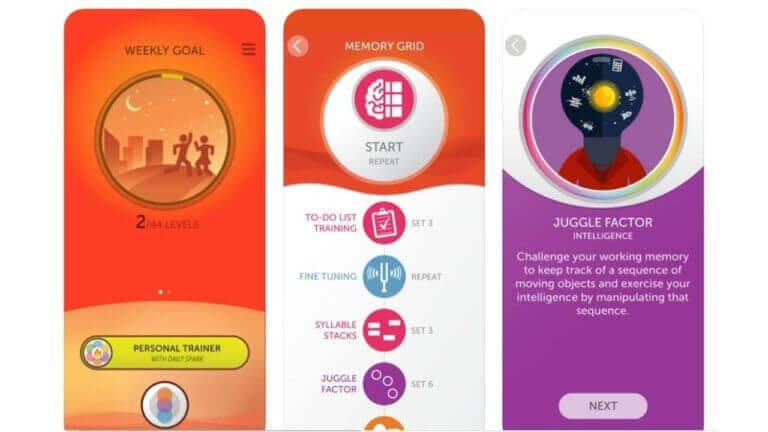
For example, a neurophysician might need to visualize a brain tumor in the context of MRI volume and fiber bundles in the neighbor region, to extract more information. The flexibility of a mobile visualization tool, able to display tractography datasets, supporting the inclusion of other brain images can be of special interest. For instance, visualizing different fiber bundles connecting different brain regions can be better understood when visualized in combination with MRI volumes and slices, to see clearly which other organs can be close. These types of data are relevant for providing a more complete view of the anatomical context. 1B, C for a schematics of mesh and MRI volume representation). Other types of brain imaging, such as MRI images and meshes are also of great interest for visualization (see Fig. These tools enable the visualization of such structures and can be of interest for analyzing their potential anatomical meaning.
#3D BRAIN APP SOFTWARE#
In addition, there exist software tools to cluster fibers with similar shapes and lengths and segment bundles based on a fiber bundles atlas . With the development of different diffusion models, currently tractography datasets can have over one hundred thousand of fibers. 1A for a schematics of tractography data representation. Tractography data, representing the main 3D white matter fiber pathways, are commonly composed of a set of fibers or streamlines, where each fiber is a discrete 3D line formed by a set of 3D data points, also known as 3D polyline. For instance, tractography datasets are constructed based on the diffusion local models from diffusion magnetic resonance imaging (dMRI), that measures the 3D motion of white matter molecules in the brain.

However, high-quality brain images usually require large high dimension datasets and developing fast, interactive and flexible visualization tools is a challenging task.

Neuroscientists and neurophysicians typically use visual inspection of brain imaging as a way of understanding the structure and extracting useful information of the brain, as well as to perform quality control. The functionality, flexibility and performance of ABrainVis tool introduce an improvement in user experience enabling neurophysicians and neuroscientists fast visualization of large tractography datasets, as well as the ability to incorporate other brain imaging data such as MRI volumes and meshes, adding anatomical contextual information.

Interesting visualizations including brain tumors and arteries, along with fiber, are given as examples of case studies using ABrainVis.
#3D BRAIN APP ANDROID#
ABrainVis provides high performance over a wide range of Android devices, including tablets and cell phones using medium and large tractography datasets. The tool enables users to choose and combine different types of brain imaging data to provide visual anatomical context for specific visualization needs. We present, ABrainVis, an Android mobile tool that allows users to visualize different types of brain images, such as white matter diffusion tractographies, represented as fibers in 3D, segmented fiber bundles, MRI 3D images as rendered volumes and slices, and meshes. As mobile devices are widely used among users and their technology shows a continuous improvement in performance, different types of applications have been designed to help users in different work areas. The visualization and analysis of brain data such as white matter diffusion tractography and magnetic resonance imaging (MRI) volumes is commonly used by neuro-specialist and researchers to help the understanding of brain structure, functionality and connectivity.


 0 kommentar(er)
0 kommentar(er)
